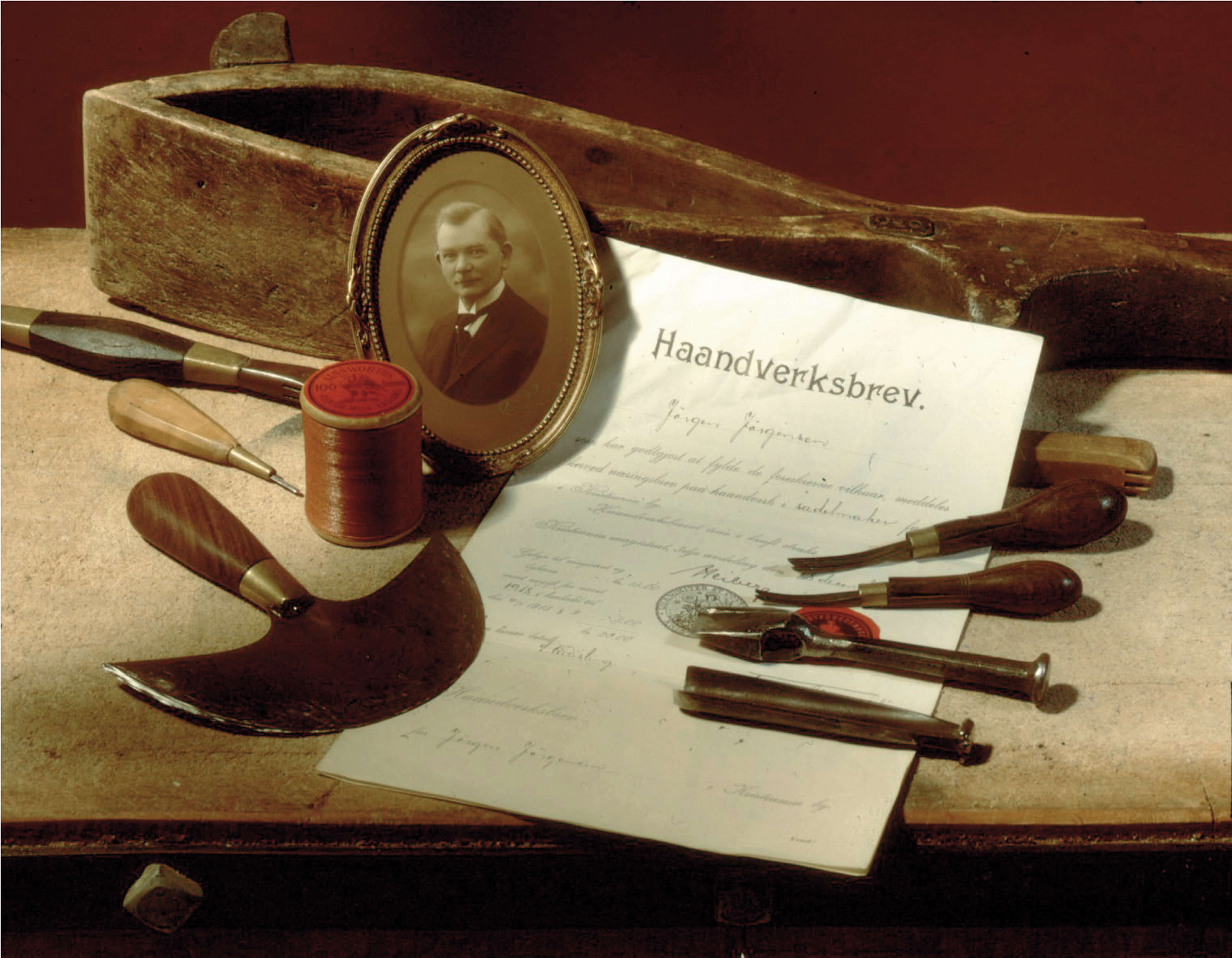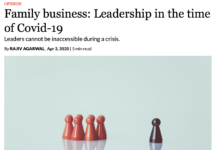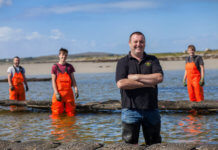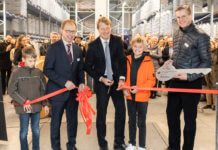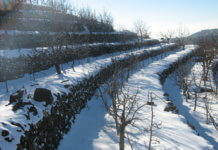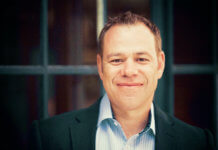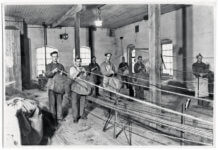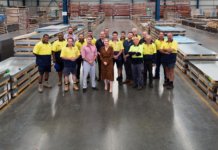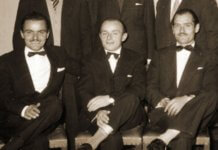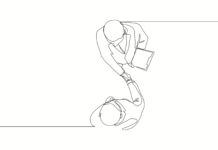For Norrøna, a Norwegian family business at the forefront of the outdoor clothing industry, respect for the natural world is woven in. Jørgen Jørgensen, an avid outdoorsman, founded the company nearly a century ago to share his passion with others, manufacturing the necessary equipment to experience the beauty of Norway’s rugged surroundings.
Now in its fourth generation, Norrøna continues Jørgen’s mission of pushing the boundaries of outdoor equipment while serving its consumers through a retail strategy that is as fresh and inventive as the products it creates. Norrøna takes a decisively long-term approach. Jørgen Jørgensen’s great-grandson, also named Jørgen Jørgensen, pioneered a complementary mix of e-commerce with an ever-expanding network of conventional storefront locations to enable the company to stay relevant and close to consumers.
We met with Jørgen Jørgensen, CEO of Norrøna, to discuss the industry’s technological drivers, Norrøna’s award-winning retail strategy and what environmental responsibility means to a company founded in celebration of the natural world.
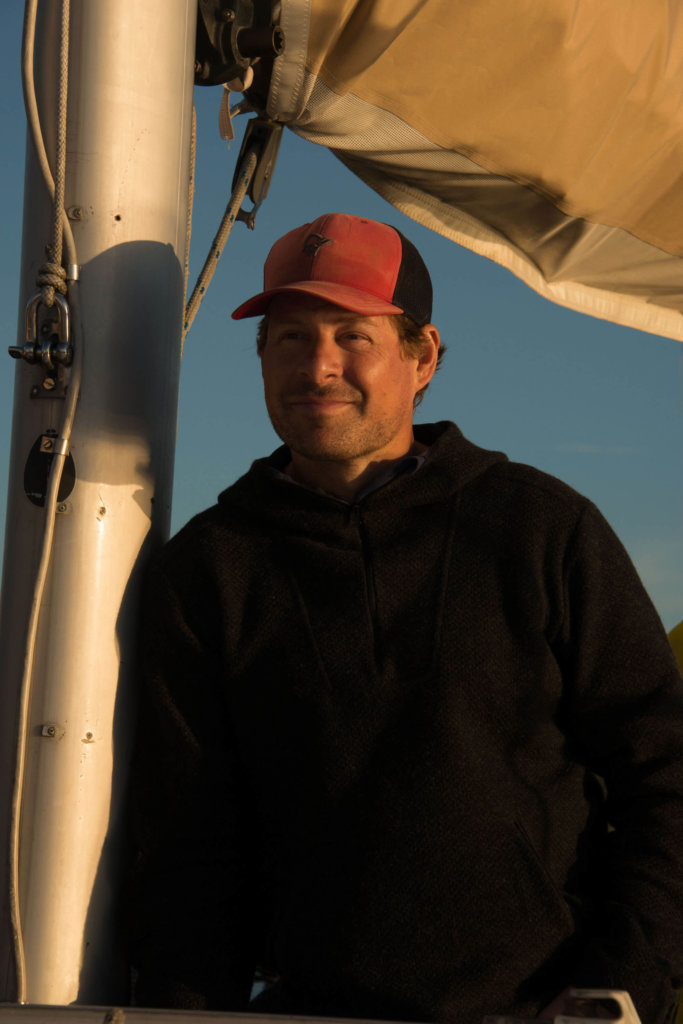
Did you always want to join the family business?
Yes – I wanted to be a part of the family business for as long as I can remember. I’ve always enjoyed building things and working in the outdoors.
I started early. My father brought me into the company when I was five years old and let me design my first jacket when I was 12. At 16, I began working during the evenings, becoming acquainted with the sewing machines and the other equipment. Soon after, I started making my own gear.
In a way, my father and I swapped places. I joined the board in 1994, but my operational role wasn’t formalised until 2000. By this time, my father had left his daily role but retained a place on the company’s board.
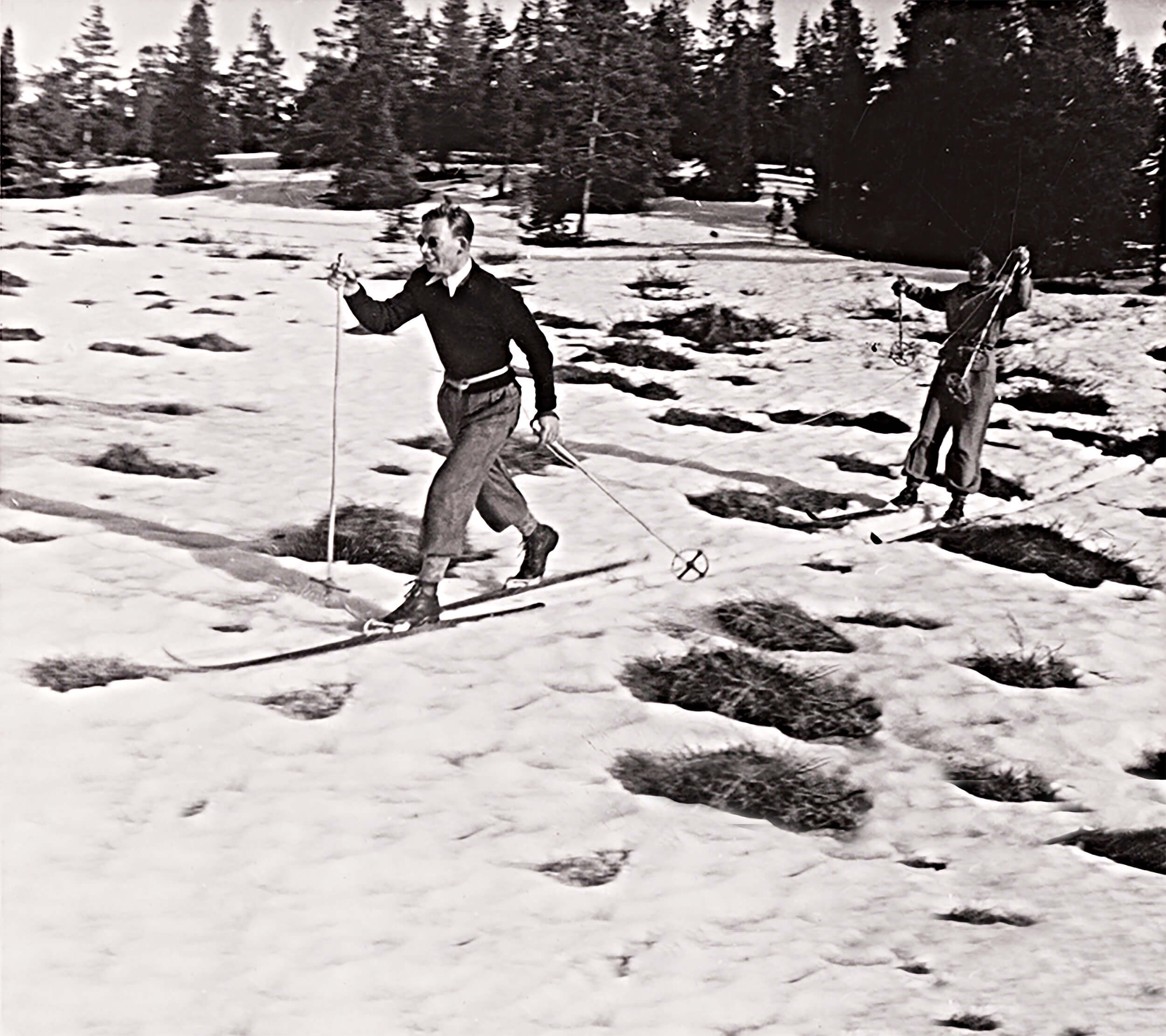
How have changes in the adventure sports industry contributed to the company’s evolution?
In my great-grandfather’s time, Norrøna’s nascency, people enjoyed outdoor activities in fair weather. Generally, they didn’t seek the extreme conditions that many do today. The advancement of materials technology, specifically the innovation of Gore-Tex at the end of the 1970s, has driven change in our industry and company. Gore-Tex allows us to make breathable, waterproof garments that can be worn in any weather, in any part of the world. In this context, ‘all-weather’ is an apt descriptor. A Gore-Tex jacket is as applicable in a light summer shower as it is in the dead of winter. Our brand ambassadors – people that spend much of their time at North and South Poles – practically live in their Gore-Tex jackets.
When it comes to outdoor sports, it’s the tools or ‘hard goods’ that drive activities. For example, the equipment for ice climbing or mountain biking enables athletes and creates a market for the requisite clothing. We incorporate this into our strategy, creating clothing designed for these niches shortly after the hard goods make them feasible.
We started producing innovative ice climbing and winter climbing gear towards the end of the 1970s – as soon as the sports became popularly accessible. In the 1980s, we became one of the first companies to make waterproof hunting gear designed to help hunters remain quiet. We then pioneered free-ride clothing in the early 2000s and single-track mountain biking products in 2009. Anticipating the trend and engaging these markets early is a powerful growth strategy that keeps us relevant. Most of the people working at Norrøna are outdoor enthusiasts or extreme sportspeople themselves. We use the products we create and can see the next big thing in adventure sports because we’re probably doing it ourselves.
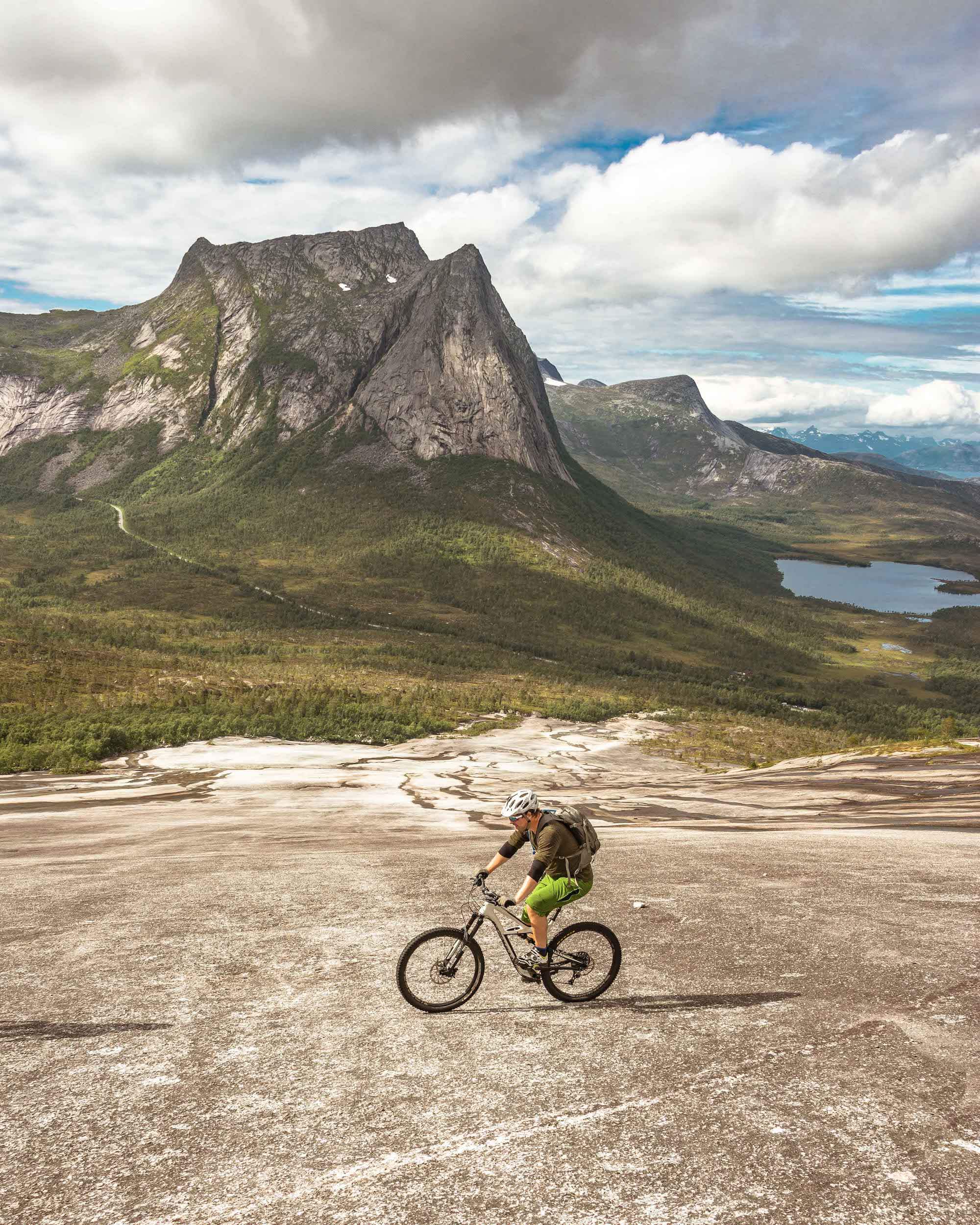
Has modern automation disrupted the craftsmanship aspect of your business?
Manufacturing clothing, for the most part, remains a manual process. Robotic systems that can replicate the human skills needed for much of our production do not yet exist. We have projects that rely on automated processes, but 99 per cent of Gore-Tex clothing is made by hand.
Research and development is another area that, for the foreseeable future at least, requires a human touch. Our headquarters in Olso has a 1,000 square metre factory, and nearly all of our products are designed on-site. Every day, new prototypes are coming out. Craftsmanship, as it applies to Norrøna, is based on a simple process of hand-made patterns, real-world testing and continuous adjustment; innovation is an iterative process.
“Norrøna’s consumers, first and foremost, are willing to invest in quality, functionally minded products and care about environmental sustainability. They also appreciate good-looking, timeless clothing that they can enjoy for decades.”
Do you focus on specific market segments like, for example, millennials in your marketing?
We target a mindset rather than a specific demographic. For example, free-ride skiers buy more or less the same gear, no matter what age. Perhaps they are a bit more daring when they’re younger, but many keep it up into their 60s or 70s. So, age isn’t a significant factor when it comes to our marketing strategy. Norrøna’s consumers, first and foremost, are willing to invest in quality, functionally minded products and care about environmental sustainability. They also appreciate good-looking, timeless clothing that they can enjoy for decades.
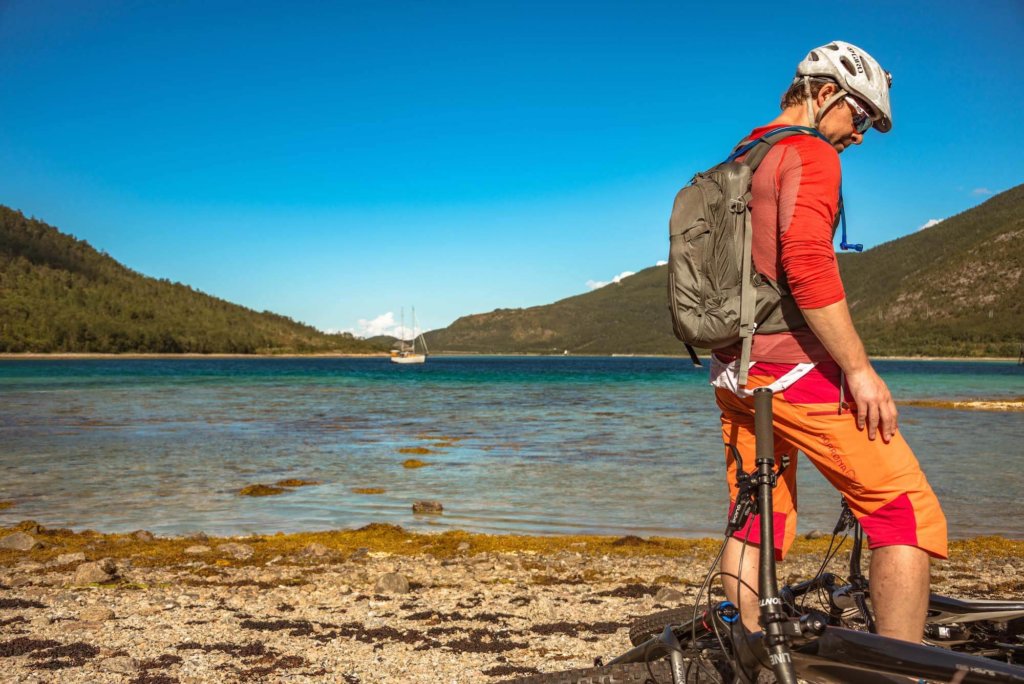
Norrøna recently opened a new storefront location, which might seem antithetical considering the current trend towards e-commerce. Can you explain?
2019 marks a decade since we opened our first store. Before that, our products were available only through third-party retailers. We’re continuing to invest in physical retail locations because we care about our customers; we understand the significance of the interaction. We believe that connecting solely through digital distribution is ill-advised. A mix of physical stores and e-commerce is essential to the maintenance of a constant and highly valuable dialogue with our consumers.
The initial decision to open a retail location in 2009 was driven by the desire to create a home for Norrøna – a place where we could communicate our brand identity. We wanted to give people a window into how we were building our products. At the time, we didn’t consider retail’s inherent challenges because we became the fastest-growing retail company in Norway. Soon after, we expanded to Sweden, and currently, we are planning locations in Switzerland and the United States.
One of the reasons retail is being eclipsed by online sales models is the lack of product availability – a physical store can’t possibly compete with the diversity of options for sale online. At Norrøna stores, however, our shoppers are always presented with our full line of products.
“To ensure that Norrøna is around for future generations, we have to concentrate on our consumers’ satisfaction and engagement. So, the decisions we make are more consumer-centric than anything else.”
How has family ownership and management been an advantage?
We’ve been moving in the same direction for many years now; it’s predictable both for our consumers and our employees. Like many other family companies, we think long term. We aren’t focussed on generating the short-term gains that many non-family businesses focus on. We care about profit, but we don’t base our decisions on maximising it. Instead, we make choices that are best for the company and its sustainability. To ensure that Norrøna is around for future generations, we have to concentrate on our consumers’ satisfaction and engagement. So, the decisions we make are more consumer-centric than anything else. Many of our direct competitors change ownership every five years. With every new owner comes a new strategy. This inconsistency is potentially frustrating for both employees and customers.
What’s the secret to your family’s multi-generational participation in the business?
Luck is a part of it, but it also has to do with awareness around the subject. If I were not genuinely passionate about the outdoors, I would not be able to put this much energy into the company, and I probably wouldn’t be the right person to run it.
I have two kids, but I won’t force them into the business. Whether or not they join is a question of positive motivation. That said, the founding family doesn’t necessarily need to have a member in the CEO position. Every scenario is unique: in some cases, it’s best to leave management to non-family. When it works, however, families that steer the daily operations of their business can have a significant advantage over their peers.
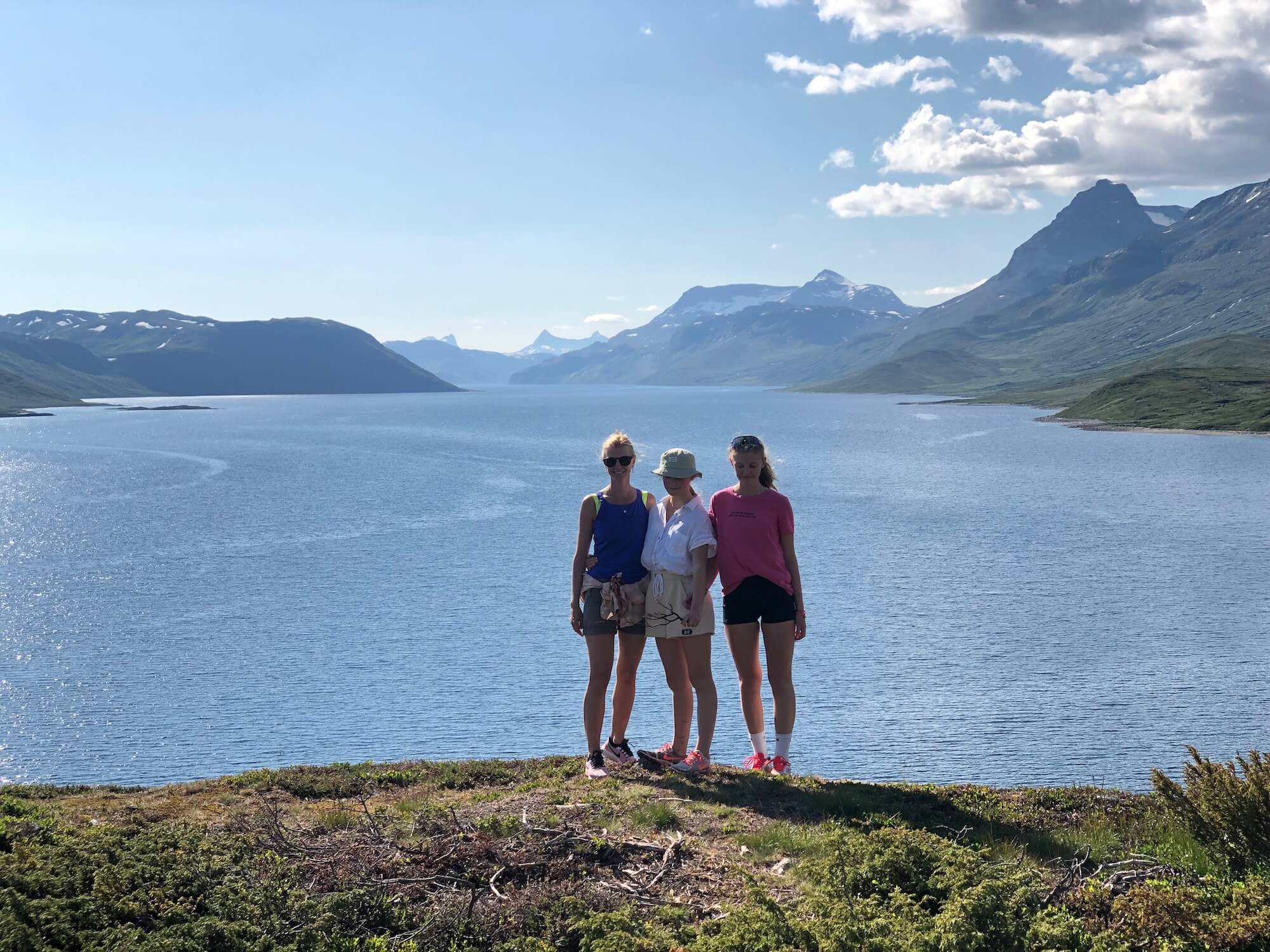
Are all outdoor companies aligned where environmental sustainability is concerned?
Many of our competitors are also working to become more sustainable, and this is a positive – that we all strive to lead when it comes to sustainability. That said, we have come a long way compared to most.
We are leading by example, working to transform the outdoor industry into one that doesn’t harm the environment. It’s an ambitious goal, but change must begin somewhere. We cannot control our competitors; we cannot control the economy and, needless to say, we cannot control the weather. However, we can control our own actions.


